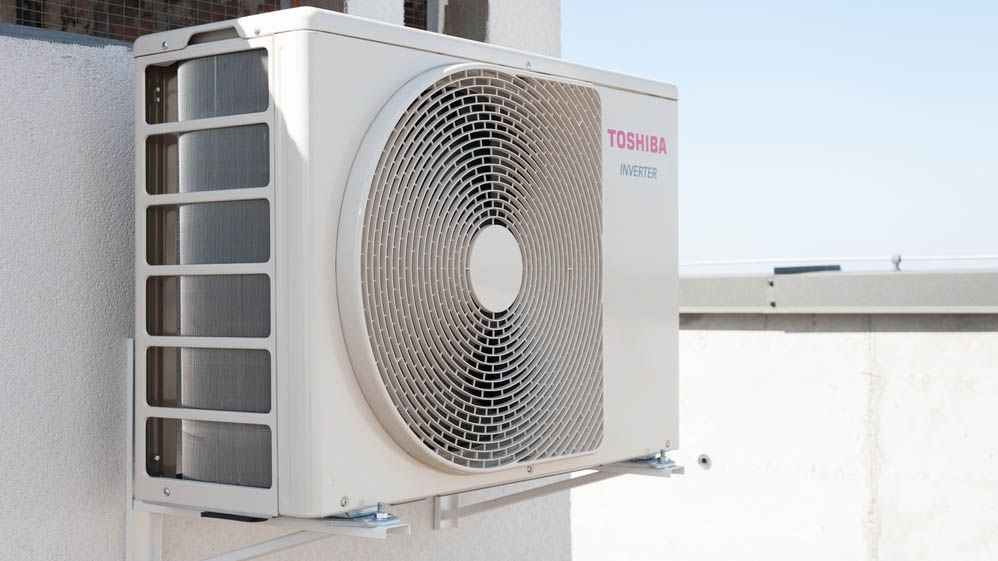Homeowners often overlook a potential health hazard lurking in their air conditioning units. According to Jeff Berzolla, a home maintenance expert at Instant Roofer, mold can thrive in areas that are typically ignored during routine home inspections. While steamy bathrooms and damp basements are well-known hotspots for mold, the hidden risks in air conditioning systems can pose serious health threats.
The conditions within air conditioning units, vents, and ductwork create an environment conducive to mold growth. Berzolla explains that when warm, humid air meets the cool surfaces of the AC unit, condensation forms. This moisture, combined with dust, pollen, and organic debris that enters the system, creates a breeding ground for mold spores.
“Most people think their AC is just cooling their home,” Berzolla warns, “but it’s circulating whatever’s growing inside those ducts throughout every room.” The situation worsens during peak summer months, when AC units work harder, further increasing the risk of mold proliferation.
Health Risks Associated with Mold Exposure
The impact of mold on health can be severe, particularly for vulnerable populations such as children, seniors, and individuals with pre-existing respiratory conditions. Berzolla notes that families often struggle with unexplained health issues, only to discover that the source of their problems was mold growth in their ductwork.
“By the time you notice symptoms, the contamination has usually been spreading for weeks or even months,” he adds. Exposure to mold can lead to various health issues, including headaches, skin irritation, and respiratory infections.
Preventing Mold in Your Air Conditioning System
To mitigate the risks associated with mold in air conditioning systems, homeowners can take several proactive steps. Berzolla recommends the following measures:
1. **Regularly Change Air Filters**: Changing or cleaning air filters every 30-60 days during peak usage helps maintain airflow and reduces moisture buildup, which can encourage mold growth.
2. **Clean the Outdoor Unit**: Ensure that vegetation does not obstruct airflow around the outdoor unit. Remove leaves, grass clippings, and other debris that may accumulate around it.
3. **Inspect the Drain Pan**: Regularly check the condensate drain pan for clogs. Standing water in the drain pan is a significant indicator of potential mold growth.
4. **Schedule Professional Cleaning**: While homeowners can perform routine maintenance, Berzolla suggests having ductwork professionally cleaned every three to five years, or sooner if signs of mold are detected.
By following these guidelines, homeowners can safeguard their families from the health hazards posed by mold and maintain a healthier living environment. Awareness and proactive maintenance are key to ensuring that air conditioning systems remain a source of comfort rather than a health risk.
